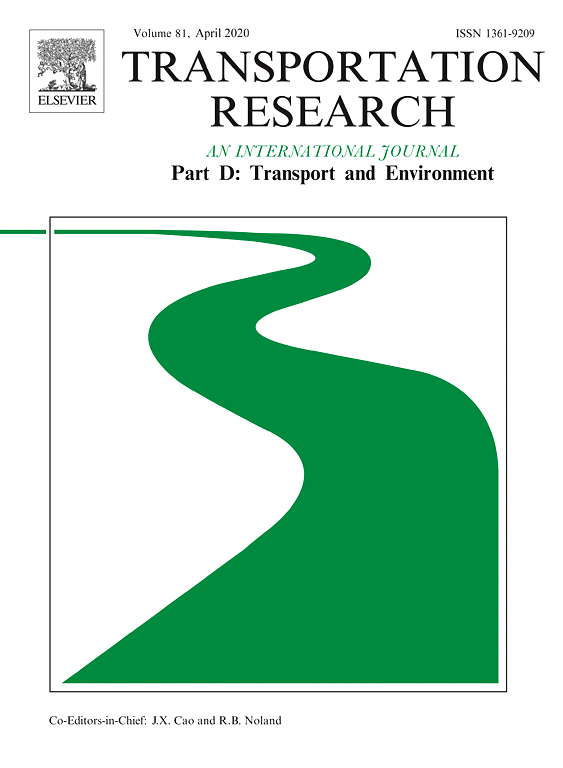PDF | Transportation Research D 10(5), September, 347-356, 2005.
Pnina O. Plaut
Abstract
Non-motorized forms of commuting include bicycling, walking to work and working at home and have the potential for reducing environmental damage. These non-motorized modes are analyzed empirically using US journey to work data. Higher salary income and more expensive housing are associated with greater propensity to work at home, but lower propensity to walk or bicycle. College education is in several cases associated with greater propensity to use non-motorized modes. There are sharp differences in the likelihood of using non-motorized modes across the sub-regions within the metropolitan area. Car ownership, race, gender, and various locational and neighborhood features are shown to affect modal choices regarding non-motorized alternatives, in comparison with car commuting.
